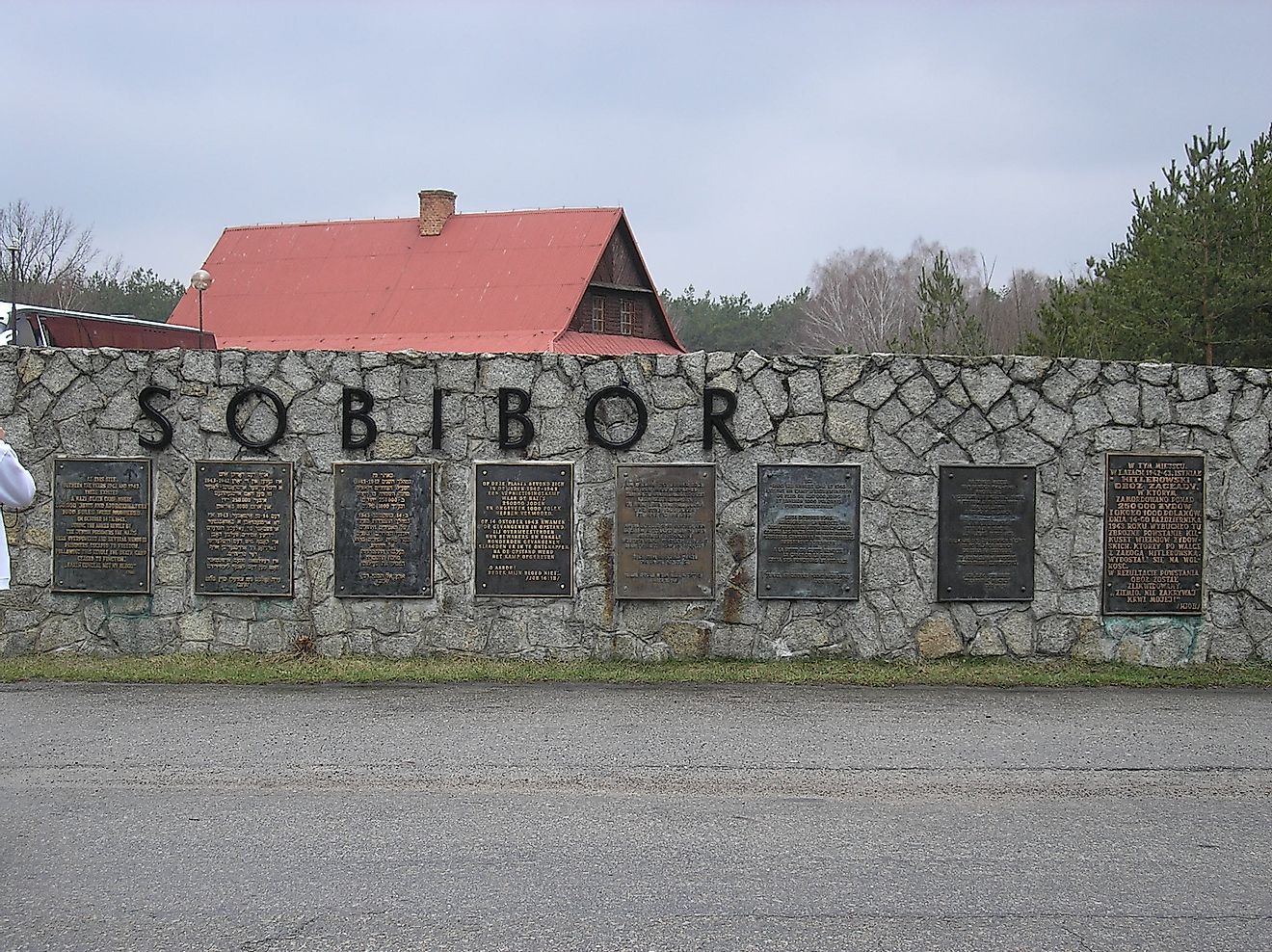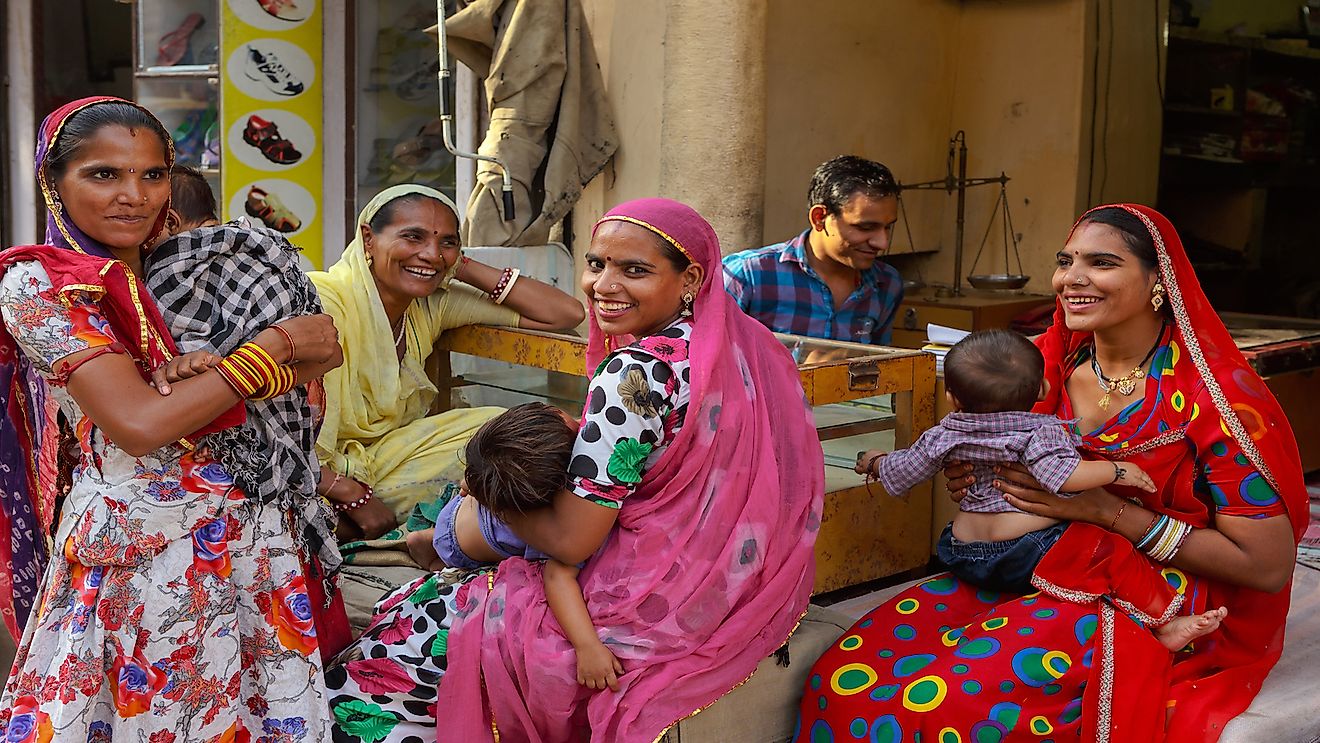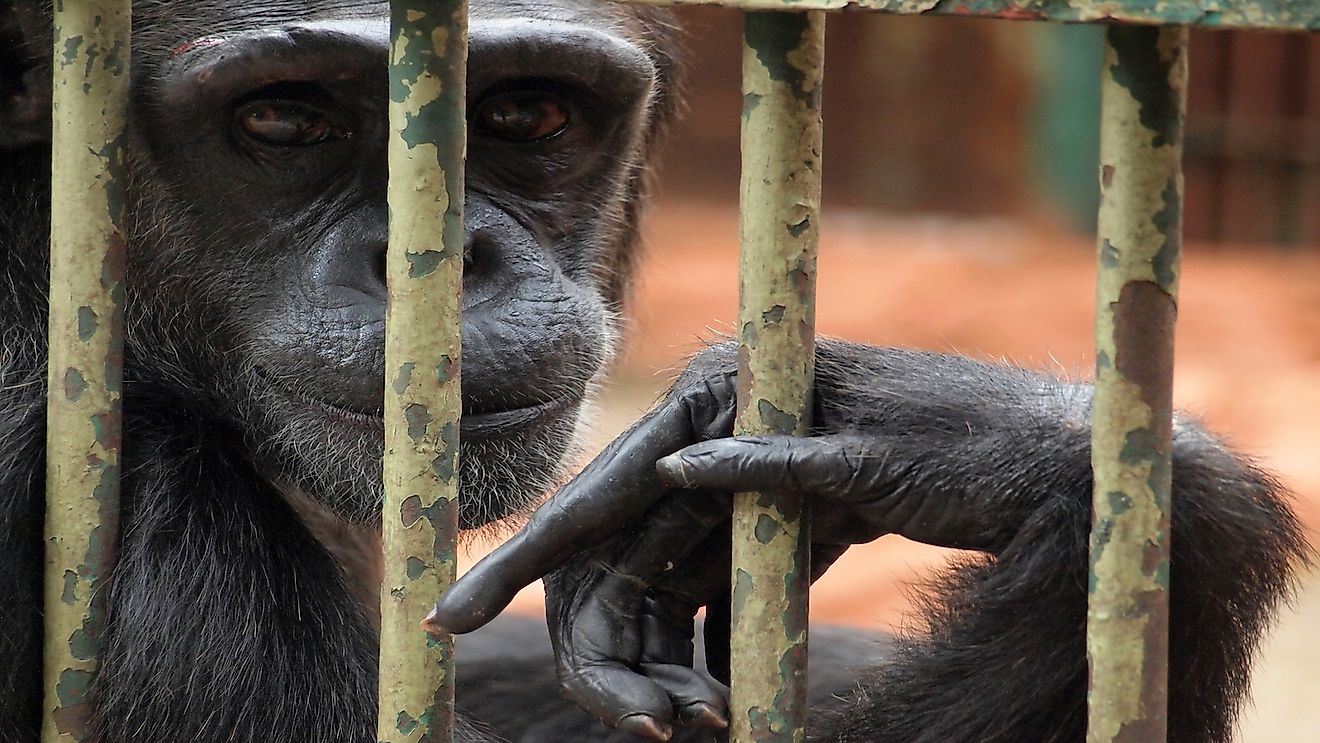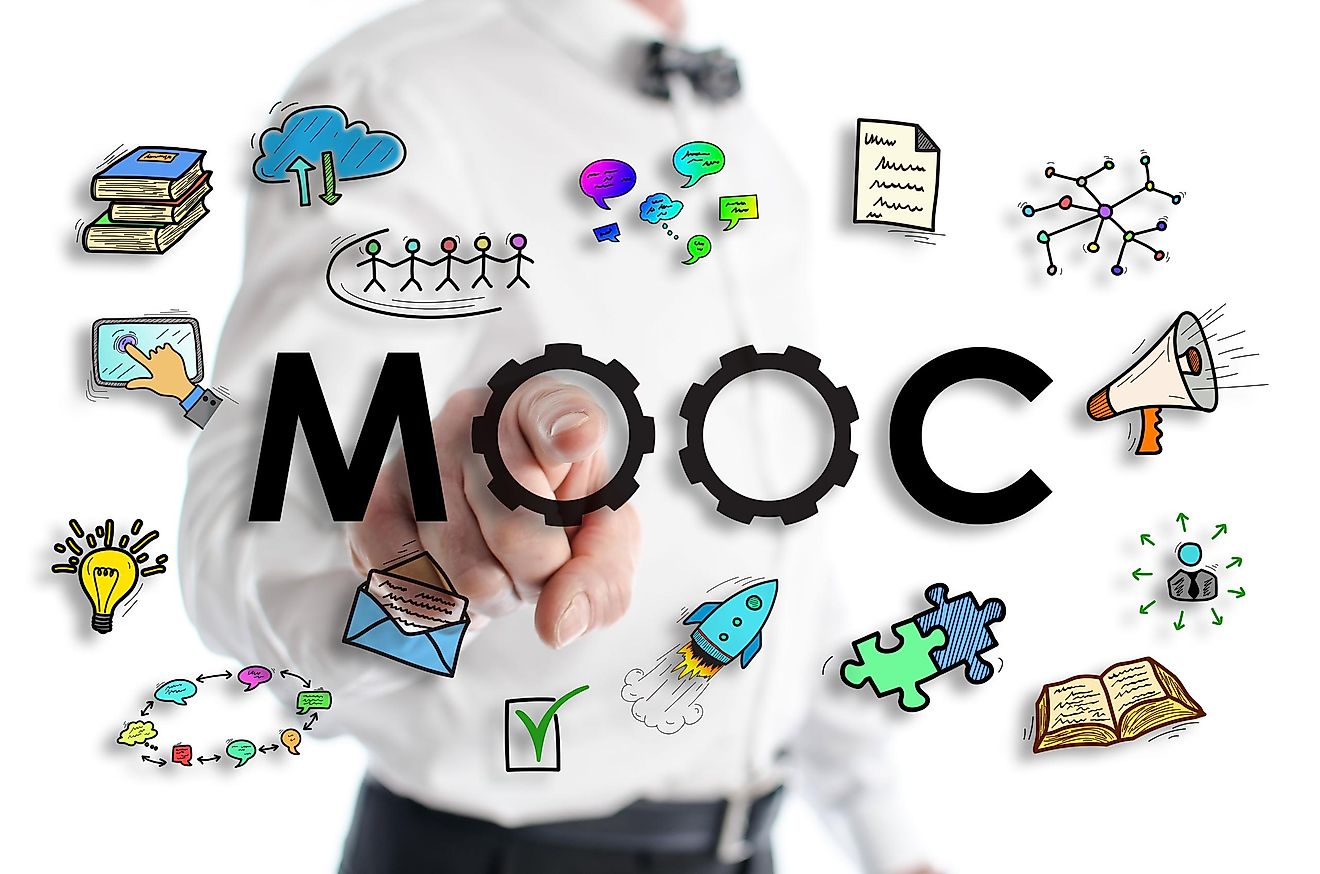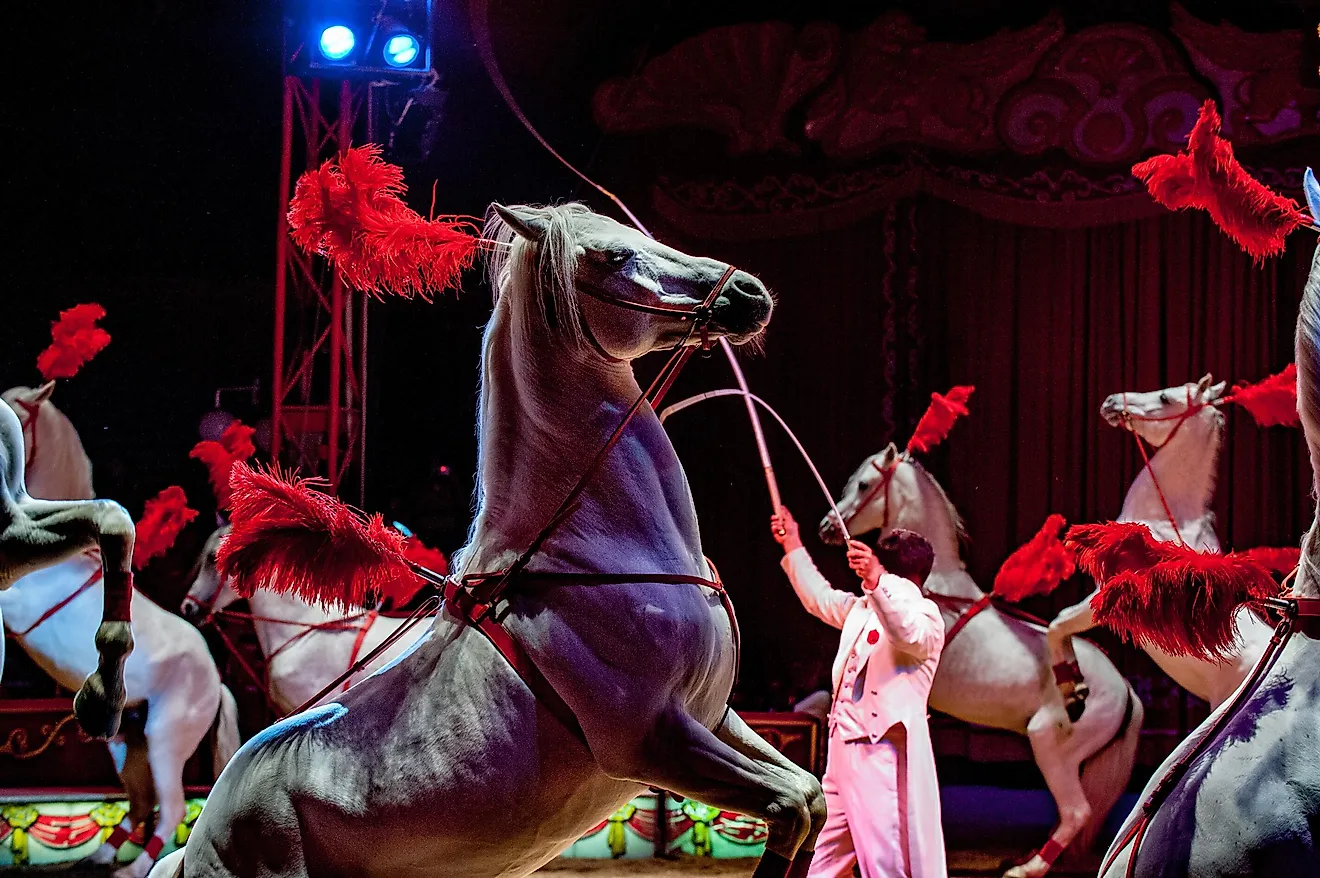The Soviet Policy of Perestroika
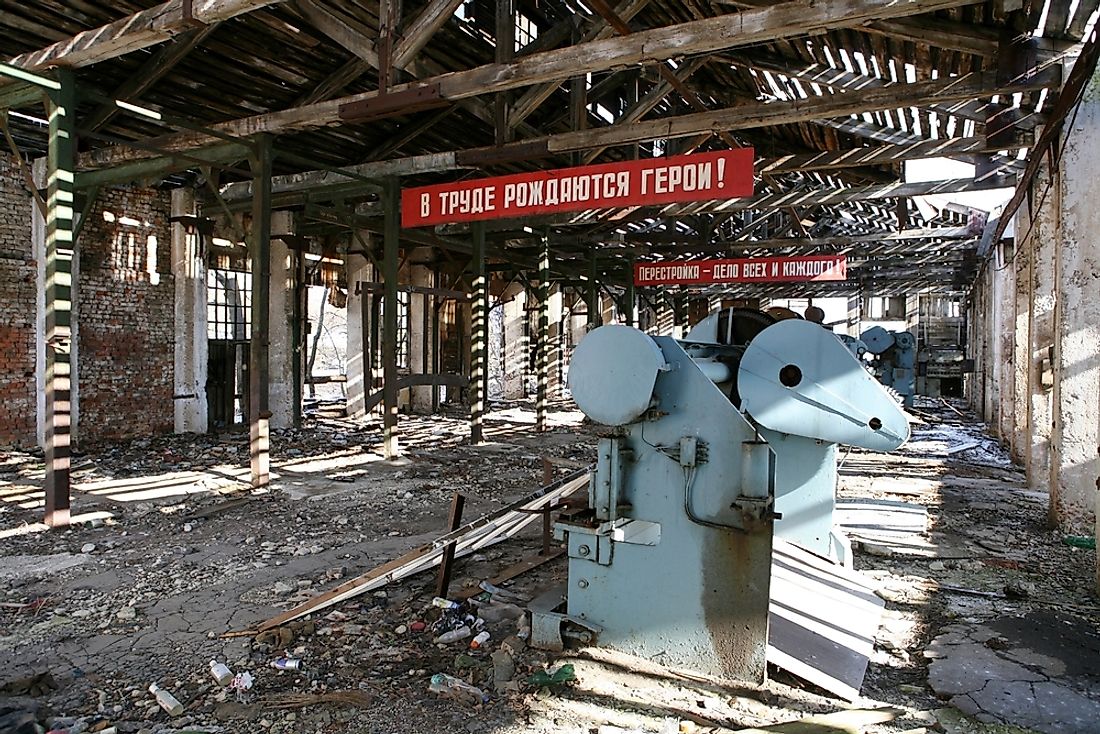
During the 1980s, things weren’t great in the Soviet Union. The nation was riddled with heavy problems on multiple levels – neither agriculture nor the economy were able to sustain the needs of the country. Factories were producing sub-par products which resulted in customers only being able to buy low-quality goods. The additional dimension was the ever-growing oppression which was very clearly manifested in severely limited social freedoms, among other things. Mikhail Gorbachev, the Communist Party Secretary at the time, sought to change these issues through a series of policies, one of which was the Perestroika.
Conditions of Perestroika
Perestroika was an attempt at reconstructing and democratizing the economic and political framework of the Communist party of Soviet Russia. Gorbachev’s policy attempted to abolish the country-wide control of the product and service prices in order to de-monopolize the market and introduce new, western-oriented, capitalist practices. Perestroika has also enabled the Soviet citizens to influence political decisions, however slightly. However, as optimistic as these attempts were, the progress envisioned did not go as Gorbachev planned.
Results
Given the strict conditions under which Soviet people lived for a long time, the coveted changes were hard for them to process. The policies that were implemented weren’t fast-acting and the people were finding the situation confusing and unsettling which resulted in riots and general chaos.
The members of the economic "high-class", who were in a privileged position before the Perestroika was introduced, clearly did not want to see the changes take place as it would mean serious hits to their power status. In order to slow it down, they opted to obstruct the policies.
Glasnot
When it comes to politics, along with Perestroika, another critical policy was also established by Gorbachev, called Glasnost. This refers to a set of reforms aiming to create a space of political freedoms and more liberal civil rights. The idea behind the name (Glasnost means "openness") is reflected in the concept of giving people the ability to express themselves freely and in that way have greater influence over the political decisions which directly affected them. This has resulted in the uncovering of massive corruption that was taking place within the government as well as the true state in which the Soviet Union was existing. However, the lack of strict rules people were accustomed to, the westernization of deeply rooted practices, as well as the realization of criminal acts performed by the government, actually created a full-blown panic.
Gorbachev, not surprisingly, lost a lot of the previously strong support within his Communist Party, as the reforms decentralized the government and the Party wasn’t in a dominant position anymore. In 1988, Gorbachev announced the retreat of the Soviet troops from the Eastern Bloc and stated that they would not be interfering in their affairs in the future. The policies introduced by Gorbachev were in motion up until 1991 when Russia elected their first president by popular vote, Boris Yeltsin.
Not even a year later, Europe witnessed the great fall of the Berlin Wall and a whole array of small but powerful independence movements inspired by Perestroika, that democratized a number of Eastern European countries.
